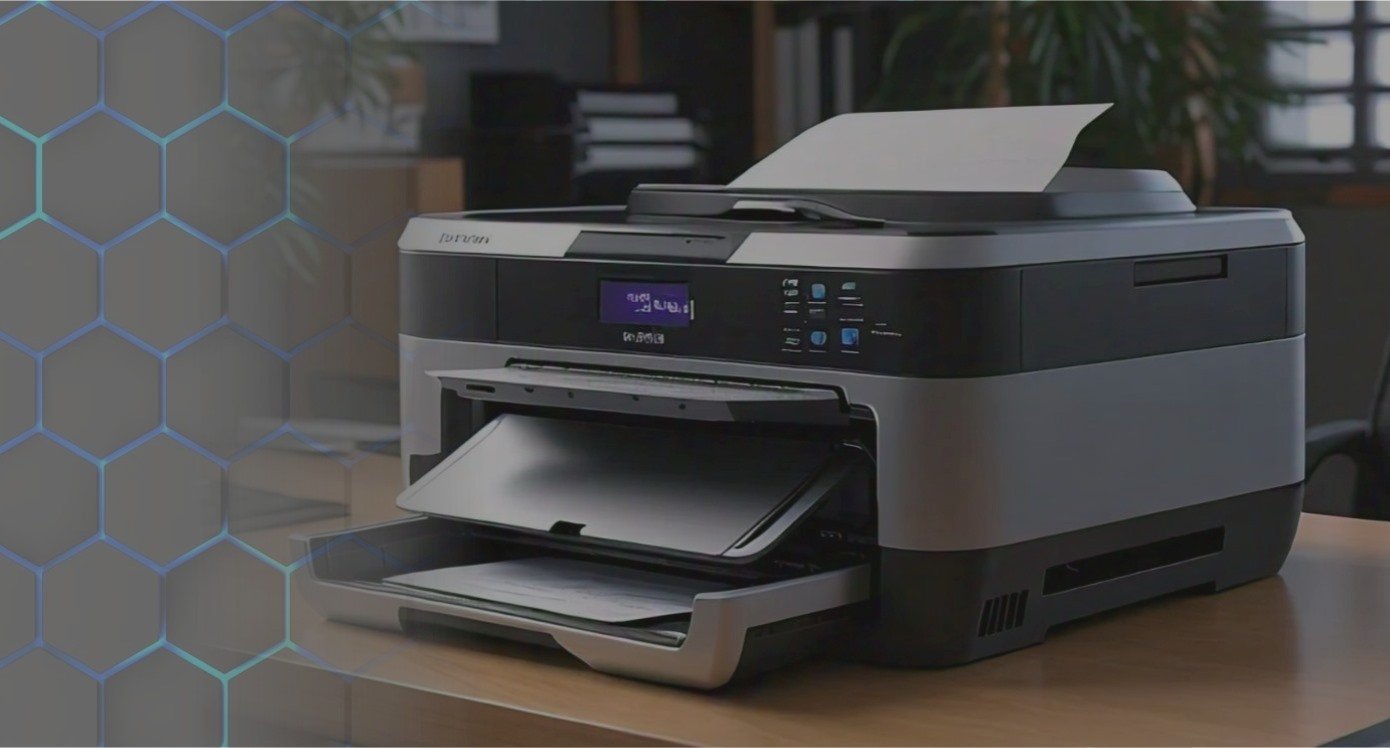
Common Print Management Mistakes to Avoid
While implementing print management solutions can bring substantial benefits, there are several common mistakes that businesses often make. Being aware of these pitfalls can help you avoid costly mistakes and ensure your print processes run smoothly.
1. Failing to Evaluate Your Print Needs
One of the most common mistakes is not thoroughly evaluating your business’s print needs before selecting a print management solution. Without a clear understanding of your printing requirements, it’s easy to choose a system that doesn’t fully meet your needs or overpays for features that you don’t need.
To avoid this, take the time to assess your current printing volumes, types of materials printed, and frequency of print jobs. Determine whether your business will require a high volume of printing or if more specialized, low-volume options are sufficient. By carefully analyzing your requirements, you can choose a print management solution that’s both cost-effective and efficient.
2. Ignoring Print Security
For many businesses, printed materials may contain sensitive or confidential information. Neglecting to prioritize print security can lead to data breaches, lost intellectual property, and even legal issues.
When selecting a print management solution, ensure that security features like encryption, secure printing, and password protection are included. Additionally, consider implementing access controls to limit who can print certain documents. This helps ensure your business’s sensitive information is protected and that only authorized personnel can access confidential materials.
3. Not Tracking Print Usage
Print usage monitoring is essential to optimizing your print strategy. Many businesses fail to track print volumes, which can result in overspending on unnecessary prints or missed opportunities to reduce waste.
Implementing a system that allows you to track print usage across different departments and employees can highlight areas where you can cut back. You may find that certain departments are printing unnecessarily or that employees are using excessive amounts of paper. By monitoring usage and setting print limits, you can significantly reduce costs and waste.
4. Failing to Implement Eco-Friendly Practices
More businesses are moving toward sustainability, and print management is no exception. However, some businesses fail to adopt eco-friendly print practices, even when solutions are available.
Choosing a print management solution that offers sustainable printing options, such as using recycled paper, eco-friendly inks, and energy-efficient printers, can significantly reduce your carbon footprint. It’s also an excellent way to demonstrate your commitment to environmental responsibility, which is increasingly important to customers and clients.
5. Overlooking Employee Training
Implementing new print management technology without proper employee training can lead to confusion, errors, and underutilization of the system’s capabilities. If employees aren’t properly trained on how to use the system, they may revert to old, inefficient methods, negating the benefits of the new system.
Make sure to provide training for all relevant staff on how to use the print management system effectively. This includes submitting print jobs, monitoring usage, and troubleshooting common issues. Ensuring that your team is well-versed in the system will help maximize its efficiency and improve your overall print management process.
6. Not Regularly Reviewing and Updating Your Print Strategy
Your business needs can change over time, and so should your print management strategy. Many businesses make the mistake of setting up a print management solution and then neglecting to review it periodically.
To keep your system running smoothly and to ensure you’re getting the best value for your investment, regularly assess your print management processes. Look for any inefficiencies, new print needs, or emerging technologies that could benefit your business. This proactive approach will help you continually optimize your print operations and maintain an efficient and cost-effective strategy.




